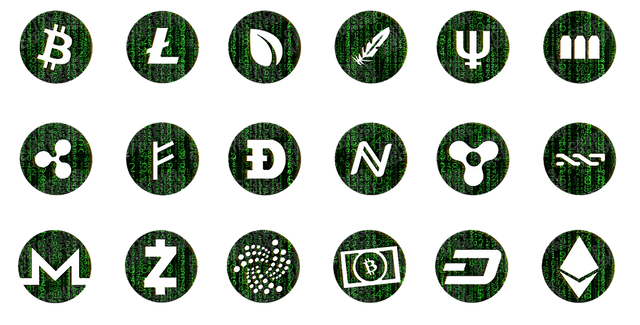
In 2008, the world experienced a global crisis that many economists consider to be the worst financial crisis since the great depression of the 1930's. When other people lost faith in banks and financial institutions, one person saw a brilliant opportunity in this catastrophe. This man was Satoshi Nakamoto, the Creator of Bitcoin. Loved by many, Bitcoin became the first decentralized cryptocurrency and allowed people to store and send money without relying on centralized organizations.
So far so good. The only thing people seem to have forgotten – or never really understood – is the underlying principle of Bitcoin. Bitcoin was created in order to eliminate the middlemen and to give people back control over their money. The more puzzling it is that many of us are going against the original Bitcoin principle, devolving control over their decentralized money exchanges and third-party services. In order to continue moving towards decentralization, let's consider some of the ways in which we can keep the cryptocurrency trading process decentralized.
Decentralized exchanges
On decentralized exchanges, trading takes place directly between users (peer-to-peer), eliminating the need to store funds for customers. In addition, decentralized exchanges do not need to identify users, thereby ensuring a higher level of confidentiality and anonymity (transactions are more difficult to track and tax). This is also facilitated by the fact that decentralized exchanges do not have a centralized server storage location. Instead, the data of such exchanges is distributed on a network of computers, similar to Bitcoin. Absence of the Central server allows to avoid its break-ins and downtime because of failures in its work. Although decentralized exchanges have many advantages, they are more difficult to use than centralized exchanges.
Atomic swaps
Atomic swaps – or atomic trading between different blockchains-is a relatively new technology that allows trading between cryptocurrencies without the involvement of intermediaries. Thier first described by Nolan (Nolan Tier) in 2013, atomically swaps use so-called hash time-locked contracts (HTLC), or "hashed contracts with temporary lock". But how does it work?
Let's consider the following scenario. I am a lucky owner of one bitcoin, but I want to buy 100 litecoins, having exchanged my bitcoin for them. You, for your part, want to do exactly the opposite and exchange the 100 available litecoins for 1 bitcoin. We'd like to make a deal, but we don't know each other well enough to trust, and that's why we use atomic swaps. We both send each other different coins in the corresponding blockchains: I send you my bitcoin, and you send me your litecoins. But in order for you to qualify for the possession of the bitcoin sent to you, you need to reveal a secret number in the blockchain, known only to you. Only then will you get bitcoin, and I, having learned this number, will be able to get purchased litecoins.
Sounds good, but atomic swaps require linked payment channels between the blockchain of the cryptocurrency being traded. This is done through the Lightning Network, a scaling solution originally intended for use in the Bitcoin network. Just as atomic swaps effectively bind baccani, chain Lightning is the connection between payment channels. However, in order for blockchains to be linked through a Lightning network, they must use the same hashing algorithm. So, Bitcoin could be connected through a network of Lightning only aldolase with SHA-256 algorithm, such as Litecoin or zcash for.
Technology seems promising, but it is still in the early stages of implementation. Charlie Lee (Charlie Lee), the founder of Litecoin, apparently, is on the front line of the technology of atomic swaps and has recently announced that it successfully exchanged litecoin for bitcoin using atomic swaps. Just a few days after that, the Komodo team seemed to be able to complete the atomic swap using only the Electrum server. This is important because before atomic swaps required that you download both blockchains to exchange a couple of cryptocurrency.
As more and more projects join the search for ways to implement and improve nuclear swap technology, we can expect decentralized exchanges to adopt it as well. Let's hope that we will be able to attract everyone to use this technology and regain control over our money, according to the idea of the Creator of Bitcoin.


@originalworks
Downvoting a post can decrease pending rewards and make it less visible. Common reasons:
Submit